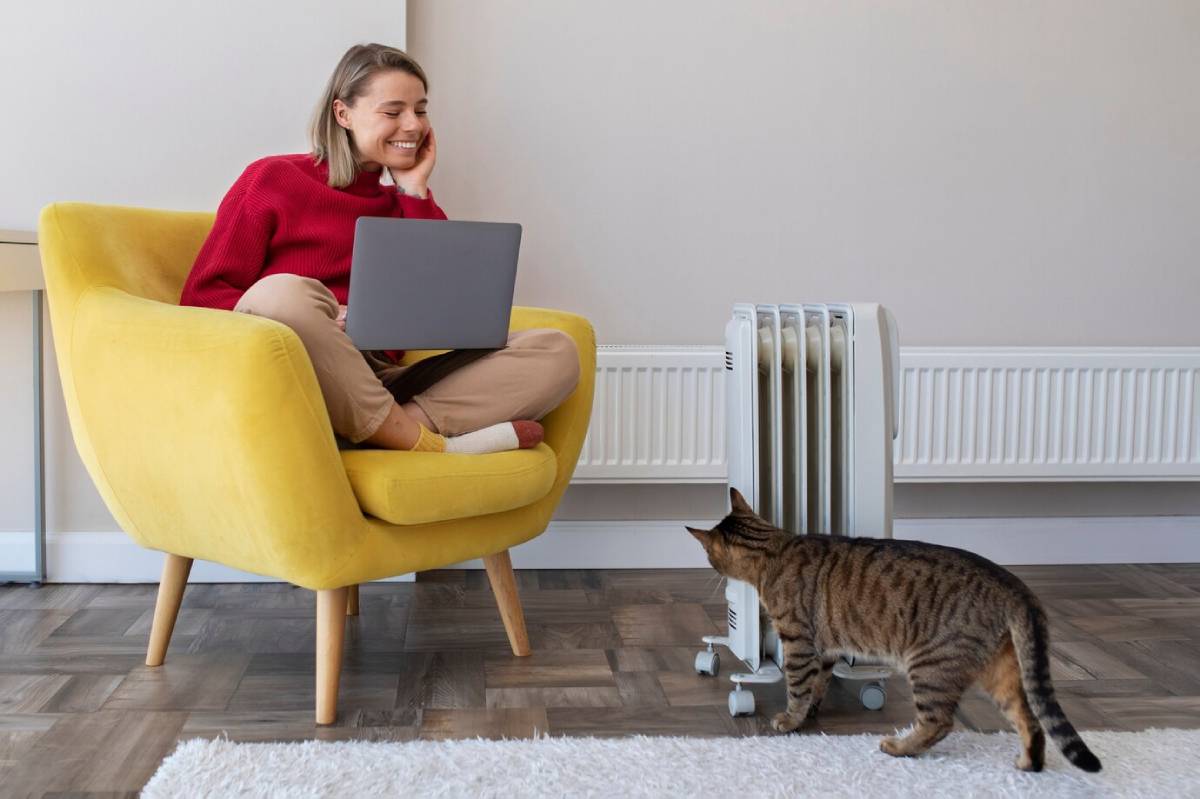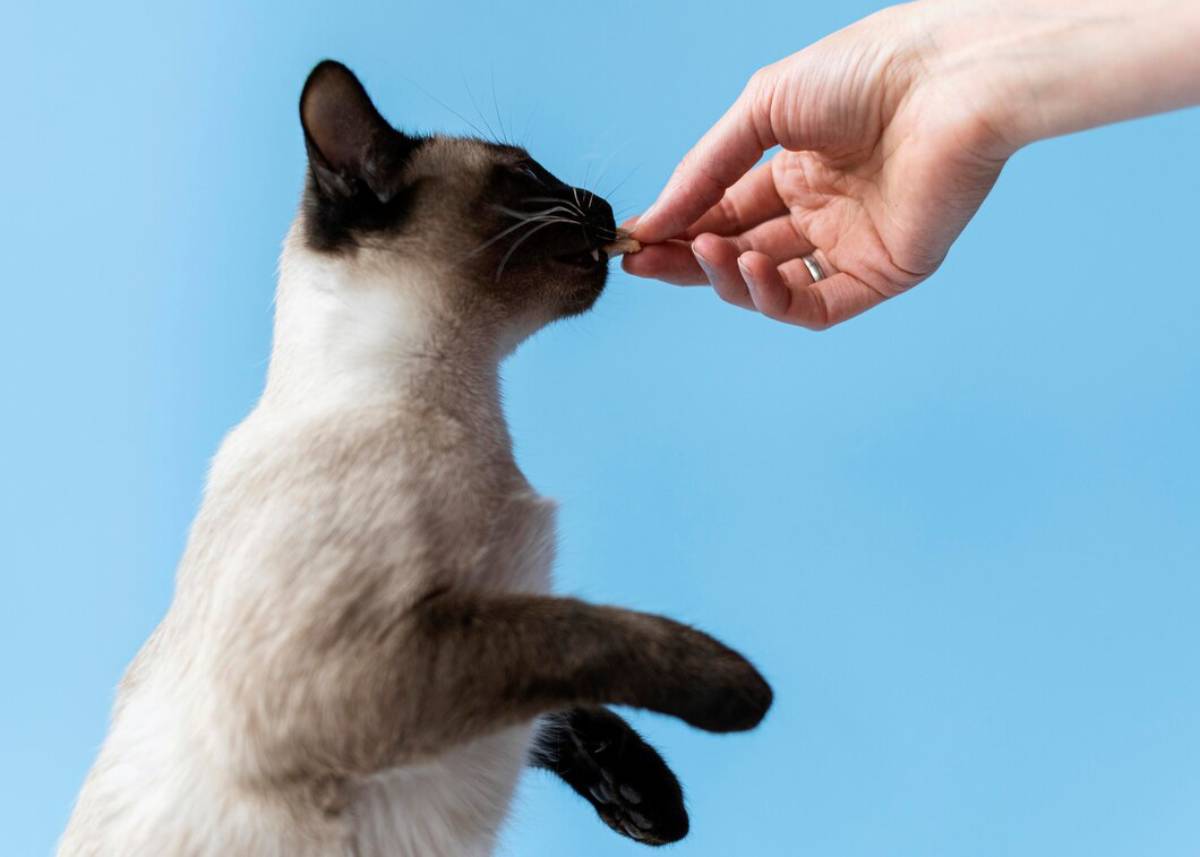
How to Litter Train Your New Kitten Effectively
Our team has found that with a few simple techniques, most kittens can learn proper toilet habits very quickly. Since cats naturally prefer clean and consistent toileting spaces, litter training often takes less time than expected—especially when the environment is well set up.
Whether you’re a first-time cat owner or welcoming a new furry family member, learning how to litter train a cat is essential for a happy and hygienic home. From selecting the right litter tray to handling accidents calmly, this guide will walk you through everything you need to know.
Proper cat toilet training not only prevents unwanted messes but also helps your kitten feel secure and settled in their new surroundings.
Pro Tip: Place the litter tray in a quiet, low-traffic area of your home to help your kitten feel safe while using it.
Quick Guide: Litter Training Your Kitten
- Choose a low-sided litter tray and place it in a quiet, accessible spot.
- Introduce your kitten to the tray after meals and naps.
- Clean the tray regularly and reward successful use with gentle praise.
Important:
Avoid scolding your kitten for accidents—it can cause anxiety and delay learning. Instead, gently redirect them to the litter tray and reinforce positive behaviour.
Why Kitten Litter Training Matters

Litter training sets the foundation for lifelong habits and helps avoid stress—for both you and your pet. Cats are instinctively clean animals and will usually seek out a designated space to relieve themselves. But like any young creature, kittens need a little guidance at first.
A properly trained kitten means a cleaner home, less odour, and greater comfort for your pet. Our team has observed that successful litter training also speeds up the process of settling into a new household, as kittens gain confidence when they understand their environment.
Step-by-Step Guide to Litter Training a Kitten
1. Choose the Right Litter Tray
Select a shallow, uncovered tray that your kitten can easily step into. Avoid automatic or covered trays at this stage—they can be intimidating to a kitten still learning where to go.
If you have more than one cat or a large home, provide multiple trays in different areas. A general rule is one tray per cat, plus one extra.
2. Pick the Right Litter
Opt for unscented, clumping litter made for kittens—some scented types can irritate sensitive noses and deter use. You might need to try a few varieties to see what your kitten prefers.
Fill the tray with 3–5 cm of litter and keep it consistent while your kitten is learning.
3. Introduce Your Kitten to the Tray
As soon as you bring your kitten home, place them in the litter tray and gently scratch the litter with your fingers to demonstrate.
Do this after meals, naps, and play sessions—times when your kitten is most likely to need the toilet.
4. Reward and Reinforce

Whenever your kitten uses the tray successfully, offer gentle praise or a small treat. Avoid loud noises or clapping; kittens respond best to calm encouragement.
If an accident occurs, clean the area thoroughly with an enzymatic cleaner to remove all odour—otherwise, your kitten may return to the same spot.
5. Maintain Cleanliness
Cats are very particular about hygiene. Scoop the litter tray at least once a day and do a full change of litter weekly.
Wash the tray with warm, unscented soap during changes. If the tray becomes too dirty, your kitten may refuse to use it—even if they’re otherwise well trained.
Common Challenges and How to Handle Them
Accidents Outside the Tray
Don’t panic. Reintroduce your kitten to the litter tray calmly. If the behaviour continues, check that the tray is clean, accessible, and in a quiet spot.
Kitten Plays in the Litter
This is normal for very young kittens. Distract with toys and ensure they’re not bored. Over time, they’ll associate the tray solely with toileting.
Kitten Won’t Use the Tray at All
Try changing the litter type or tray style. Some kittens are picky about texture or space. If problems persist, consult a vet to rule out medical issues.
Helpful Litter Training Essentials
- Low-sided Litter Tray: Easier access for small kittens.
- Clumping Unscented Litter: Safe and appealing for new cats.
- Enzymatic Cleaner: Removes urine odour and prevents re-marking.
- Puppy Pads (Optional): Useful in the early days to protect flooring near trays.
Warning:
Never rub your kitten’s nose in a mess or punish them physically. This will create fear and damage the bond between you and your pet. Always use positive reinforcement.
Frequently Asked Questions About Litter Training

1. At What Age Should I Start Litter Training?
Most kittens are ready by 3–4 weeks old, but you can start the moment they come home (usually at 8 weeks). It’s best to begin as soon as possible.
2.How Long Does It Take to Litter Train a Kitten?
Many kittens learn within a few days to a week, though it can vary. Consistency, patience, and a good environment are key.
3.Can I Use a Covered Tray for a Kitten?
Not at first. Covered trays may be too intimidating. Once your kitten is fully trained, you can introduce one gradually if desired.
4. Why Is My Kitten Using the Bed or Carpet?
This often means the tray is too dirty, too far away, or in a busy location. Clean thoroughly and reassess your setup.
5.Should I Have More Than One Litter Tray?
Yes—especially in larger homes or with multiple cats. More trays increase access and reduce territorial issues.
Final Word: Start Early, Stay Consistent, See the Results
Kitten litter training doesn’t have to be stressful. Teaching the basics with a little patience, a clean setup, and lots of encouragement, your new pet will quickly learn the ropes. The key is to make the experience positive, predictable, and consistent.
By taking the time to guide your kitten through cat toilet training now, you’re setting them up for a lifetime of good habits—and a home that stays clean, fresh, and harmonious.


